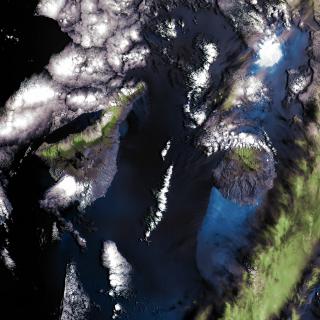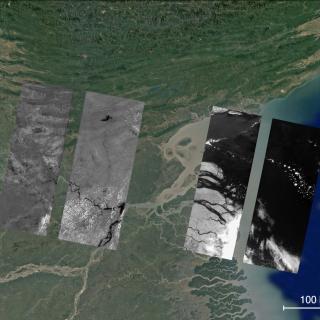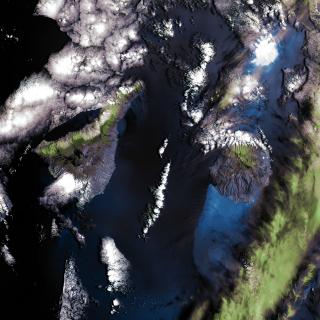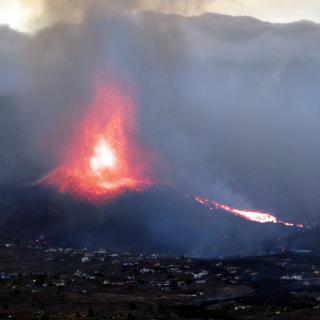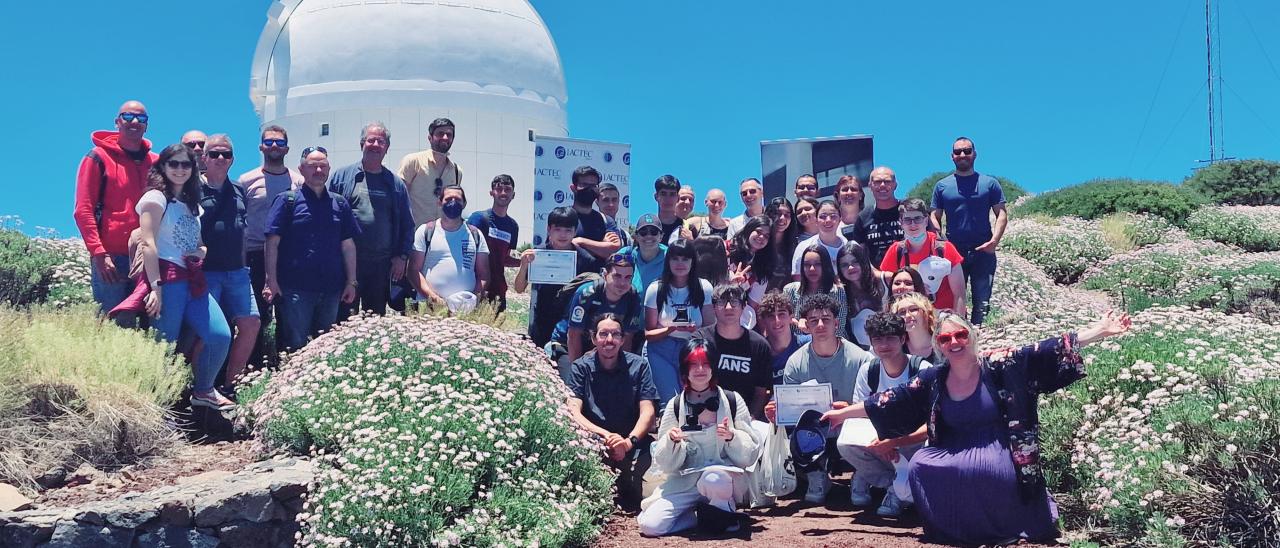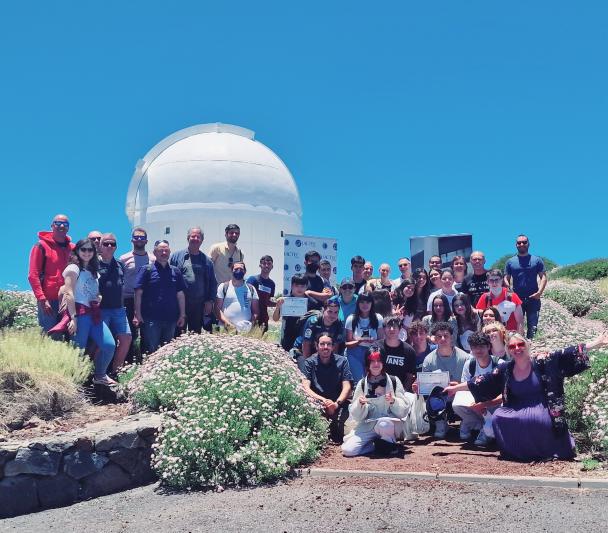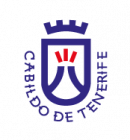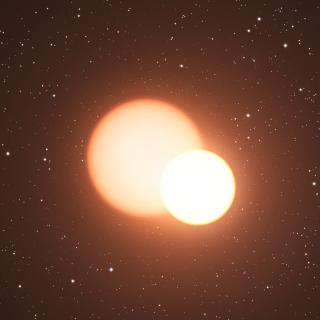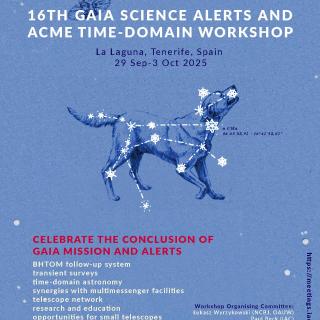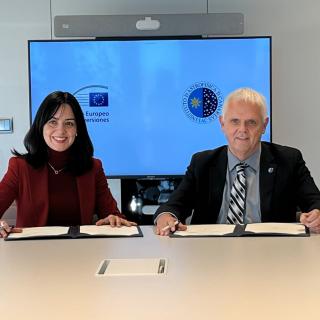The project "DRAGO: Canary Islands Educational Centres from Space" ended its 1st edition on Monday 27th June with a visit to the Teide Observatory for the winners and finalists, where they were also presented with the corresponding prizes. In this way, students and teachers from 5 schools in the Canary Islands were brought together in this first edition.
DRAGO is an innovative educational project created by the space division of IACTEC, of the Instituto de Astrofísica de Canarias, together with the Regional Ministry of Education, Universities, Culture and Sports of the Canary Islands Government, with the aim of bringing the Science and Technology developed by the IAC to primary, compulsory secondary and high school schools in the Canary Islands. This project seeks to encourage scientific vocations in Canarian students in the STEAM areas (Science, Technology, Engineering, Art and Mathematics) with a project-based learning methodology (PBL), where both teachers and students must face challenges and carry out a research and scientific dissemination project using as a main tool the terrestrial images provided by satellites orbiting the Earth.
The project has been created and developed by the multidisciplinary team at IACTEC-Space, responsible for the design, creation and operation of the DRAGO (Demonstrator for Remote Analysis of Ground Observations) camera, capable of obtaining images in two SWIR (shortwave infrared) bands, which was successfully launched into space in January 2021 as the first of several developments to be put into orbit in the coming years.
Sara González, coordinator of the project, indicates that "the main objective of the DRAGO educational project is to involve students from different educational stages in a challenge where space technology is used and to carry out a project that allows them to delve into a scientific-technical research topic, but also from a social point of view, learning about both the direct application of this technology and its importance and impact on modern society". The research projects developed by the students, based on the freely available information provided by the DRAGO camera and other Earth observation satellites, covered a wide range of topics, but can be grouped into two main lines of research: the analysis of natural disasters and the effects of human action on different ecosystems.
Some of the case studies presented in this edition analysed the recent eruption of Cumbre Vieja in La Palma, the 2019 fires in Gran Canaria, the effect of the haze in the Canary Islands, the Filomena storm and its natural and social impact in Madrid, and various studies in different areas of the earth's surface that are undergoing permanent changes in their ecosystems due to human pollution, etc. As Samuel Sordo, IACTEC researcher and teacher of the DRAGO project, points out, "all the works presented demonstrate the interest and involvement of the new generations in environmental conservation and their commitment to sustainability".
The students participating in this first edition of the DRAGO project, presented works of analysis and scientific dissemination that exceeded the expectations of the tribunal, demonstrating both the work capacity and motivation of the participants and the effort made by the teachers and their students, as well as the high level and quality of the teaching that is given in our islands.
The DRAGO educational project has been carried out within the Programme for the promotion of scientific vocations and creativity (STEAM) of the General Directorate of Planning, Innovation and Quality of the Ministry of Education, Universities, Culture and Sports of the Government of the Canary Islands. This first edition began with several online training and support sessions for 36 secondary and high school teachers representing schools in Tenerife, Gran Canaria, La Palma and El Hierro, during the months of February and March. Subsequently, the teachers took the challenges to the classrooms, where they worked with their students on the research projects they presented. Finally, the projects were defended by the students in May in front of a panel of judges made up of IACTEC and ULL staff. Xana Delpueyo, an engineer at IACTEC-Space, emphasised "the high standard of the work presented, which culminated in the announcement of two winners, a winning project in the team category and a winner in the individual category".
The winning project of the group modality belongs to the educational centre IES El Batán de Gran Canaria, which presented a research and scientific dissemination work in which 11 young people of different grades and ages participated, and the winning work of the individual modality was carried out by Lucía Lijie Bethencourt Osorio, from the IES Villa de Firgas. The awards ceremony, which included two unique and personalised trophies for the two winners based on two original models of the DRAGO camera launched into space in 2021, was held at the Teide Observatory facilities on 27 June, where 37 secondary school students and their teachers met as finalists of the DRAGO educational project, representatives of the STEAM area of the Ministry of Education of the Government of the Canary Islands and the IACTEC-Space team and the University of La Laguna.
Alejandro Oscoz, head of IACTEC-Space, stresses the high standard of all the projects submitted in this edition, which made the jury's decision a very difficult one, and urges all schools on the islands to apply for the second edition of the project, which will take place during the next academic year.
